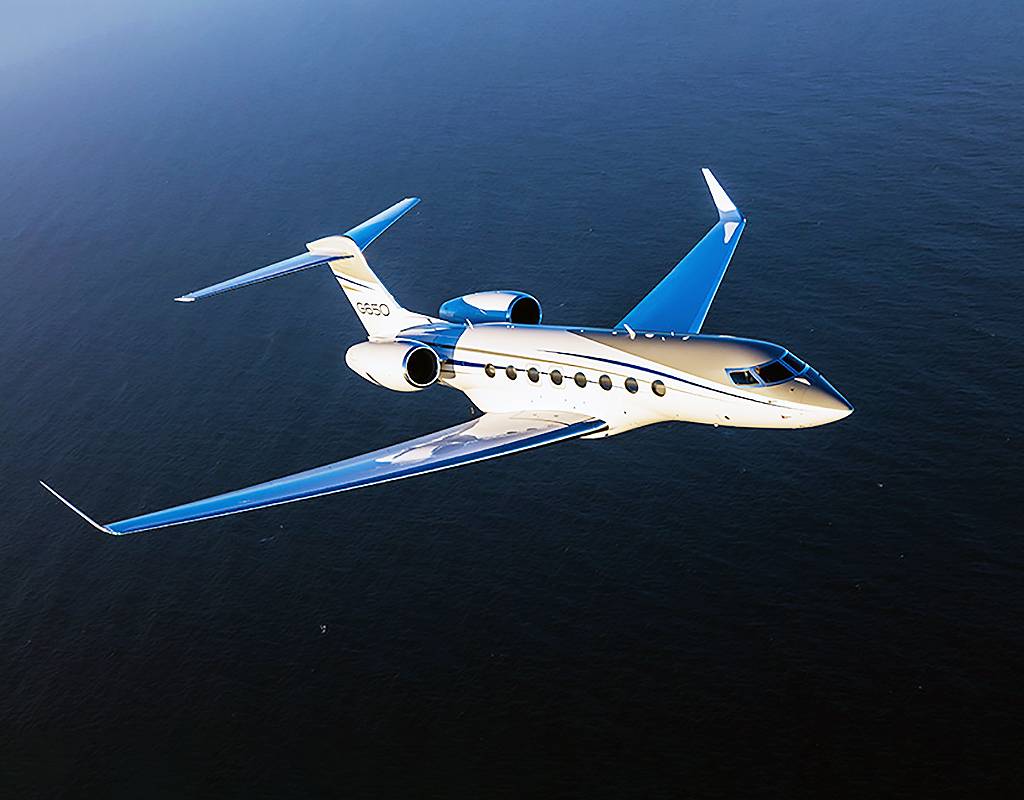
In early January 2020, whilst the COVID-19 virus outbreak was still viewed as a distant threat by most of the western world, Jean Sémiramoth, Founding Partner of the specialist business aircraft consulting firm The Sharpwings was asked his views on how the market for business aircraft could develop. He replied, “I expect values of pre-owned aircraft to be under more pressure overall and therefore, for certain models, some further correction in values and depreciation rates will be evident.” A prescient comment as it transpires.
Although business aviation did not collapse to the same extent as commercial aviation, the sector certainly has not escaped the global impact of the COVID-19 pandemic and its widespread impacts on the economy. An impact far more devastating than Brexit continuing trade tensions and the rise of environmental concerns, for example.
Sémiramoth evaluates the current status to see how financiers, owners and operators can navigate the months ahead. “There is a near unanimous consensus across the industry that acknowledges pre-owned aircraft values are down. From turboprops to large-cabin, long-range business jets we’re seeing a reduction of roughly 10% to 25% across the past 12 months.”
According to The Sharpwings, in those national economies where business aviation is prominent, higher fluctuations have been observed in pre-owned aircraft values, notably large-cabin, long-range business jets. This segment has been the most affected by international travel restrictions and enforced border shutdowns to cope with the persistence and resurgence of the pandemic. Until vaccines and/or medical treatments are widely available and international travel restrictions can be lifted this may be an indication of what to expect for 2021.
Sémiramoth adds that most, if not all, business aircraft manufacturers had to suspend production at some point during 2020 due to the first lockdowns and many have decided to curtail their production rates for the near future. “But it remains to be seen whether these prudent and smart decisions will be enough to mitigate the risk of over-supply and unsold inventories,” he says.
“The downturn business aviation is now going through means a lean time for orders and this is continuing to put pressure on aircraft manufacturer backlogs. Will this push aircraft manufacturers to be more aggressive on pricing across their entire product portfolios – putting downward pressure on pre-owned aircraft market values? This is clearly a likely scenario.”
The Sharpwings observes that the COVID-19 crisis does not overshadow the fact that 2020 has been a year of exciting developments in business aviation despite the circumstances. Bombardier has become the only major stand-alone business aircraft manufacturer, at a time when business aviation just entered a new downturn; whilst Boeing pulled out of a planned Embraer tie-up, raising questions on what could be next for Embraer Executive Jets.
Gulfstream’s retaliation to the Global 7500, the G700, seems well on track for service entry in 2022 with no less than five aircraft engaged in the flight test program within the past ten months. In Europe, Airbus successfully launched the long awaited ACJ TwoTwenty, opening a new market segment which could well reshuffle the cards in the large-cabin, long-range business jet sector; whilst Dassault Aviation just rolled out its – even longer awaited – new flagship, the Falcon 6X, raising the bar even higher in its category – and a new model is likely to be revealed in 2021. When these new types – and other fairly recent models (G500/600, Global 6500/5500, Praetor 600/500, Citation Longitude, PC24) are all in full production, they should stimulate the market.
Sustainable aviation fuels have also made significant inroads in business aviation over the past year.
“Somewhat ironically, COVID-19 has brought new users to business aviation through the clear demonstration of the sector’s valuable attributes, although this has been essentially for leisure and private travel, as opposed to business purposes for now,” comments Sémiramoth.
There is also hope on the horizon, particularly for the large-cabin, long-range business jet sector, with the forthcoming arrival of several vaccines which will enable travel restrictions to be lifted. But the question is: where will the demand for business aviation be when this eventually materialises? Based on history, the answer will depend on the magnitude of the damage throughout the global economy.
An analysis of historical values during and after previous downturns shows, from The Sharpwings’ data, that pre-owned business aircraft values tend not to fully recover – with the noticeable exception of newest generation models especially when introduced at the low point of the downturn. “We see no factor or reason why this would be any different this time,” Sémiramoth concludes.
When the COVID-19 crisis emerged, The Sharpwings was quick to adapt to the changing marketplace, setting new standards in aircraft appraisals that utilise remote solutions. The team furthermore demonstrated the accuracy and robustness of its evaluation model, with 30 aircraft surveys and appraisals completed in 2020, a new record for the firm. These included current, soft, future and distress market values surveys on a wide variety of business aircraft and helicopters including Lineage 1000, Global 7500, Global 5500, Falcon 7X, Falcon 900EX EASy, Falcon 2000LXS, Gulfstream G280, Challenger 350, Phenom 300, Praetor 600, Pilatus PC24, Citation CJ4, Citation X, Hawker 1000, King Air 350i, H175, H155 and H135.
Whilst 2021 will present its own challenges and opportunities, The Sharpwings will continue to constantly monitor developments on the business aircraft market and values, through its bespoke approach to market intelligence.

